NASA wind tunnel tests Lockheed Martin’s X-Plane design for a quieter supersonic jet.
Supersonic passenger airplanes are another step closer to reality as NASA and Lockheed Martin began the first high-speed wind tunnel tests for the Quiet Supersonic Technology, or QueSST, X-plane preliminary design here at NASA’s Glenn Research Center.
Above, Lockheed Martin’s Quiet Supersonic Technology concept (QueSST) X-plane. Credit Lockheed Martin
In this time-lapse, engineers assemble a scale model of the design and install it in Glenn’s 8’ x 6’ Supersonic Wind Tunnel. Over the next eight weeks, engineers will expose the model to wind speeds ranging from Mach 0.3 to 1.6 to understand the aerodynamics of the X-plane design as well as aspects of the propulsion system.
Supersonic passenger airplanes are another step closer to reality as NASA and Lockheed Martin began the first high-speed wind tunnel tests for the Quiet Supersonic Technology, or QueSST, X-plane preliminary design here at NASA’s Glenn Research Center. In this time-lapse, engineers assemble a scale model of the design and install it in Glenn’s 8’ x 6’ Supersonic Wind Tunnel. Over the next eight weeks, engineers will expose the model to wind speeds ranging from Mach 0.3 to 1.6 to understand the aerodynamics of the X-plane design as well as aspects of the propulsion system.
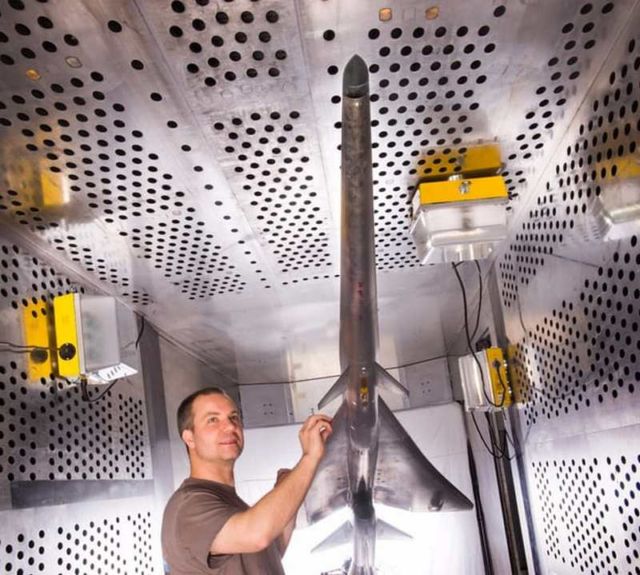
Mechanical technician Dan Pitts prepares a nine percent scale model of Lockheed Martin’s Quiet Supersonic Technology (QueSST) X-plane preliminary design for its first high-speed wind tunnel tests at NASA’s Glenn Research Center in Cleveland. Credit NASA
“We’ll be measuring the lift, drag and side forces on the model at different angles of attack to verify that it performs as expected,” said aerospace engineer Ray Castner, who leads propulsion testing for NASA’s QueSST effort. “We also want to make sure the air flows smoothly into the engine under all operating conditions.”
The Glenn wind tunnel is uniquely suited for the test because of its size and ability to create a wide range of wind speeds.
“We need to see how the design performs from just after takeoff, up to cruising at supersonic speed, back to the start of the landing approach,” said David Stark, the facility manager. “The 8-by-6-foot supersonic wind tunnel allows us to test that sweet spot range of speeds all in one wind tunnel.”
source NASA

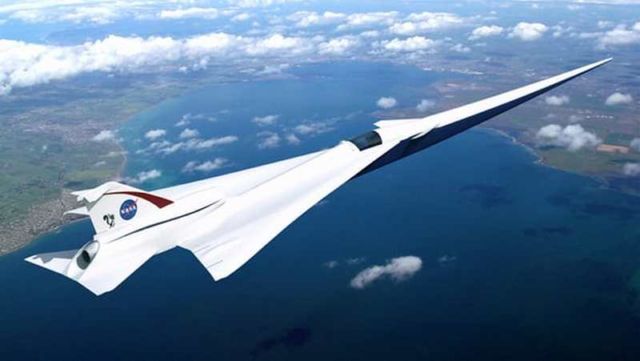
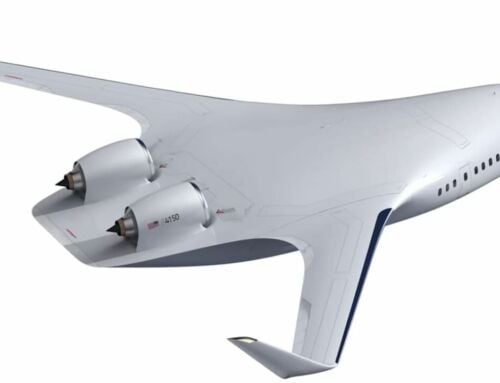
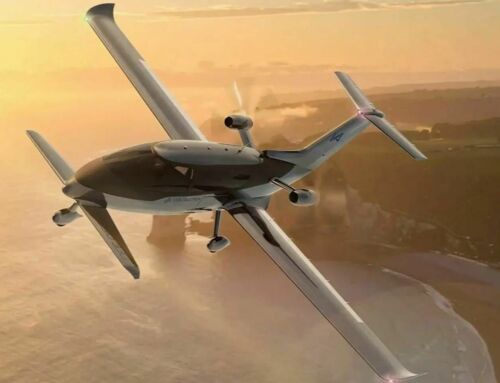

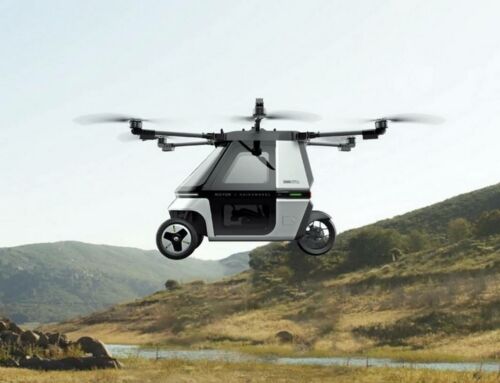
Leave A Comment